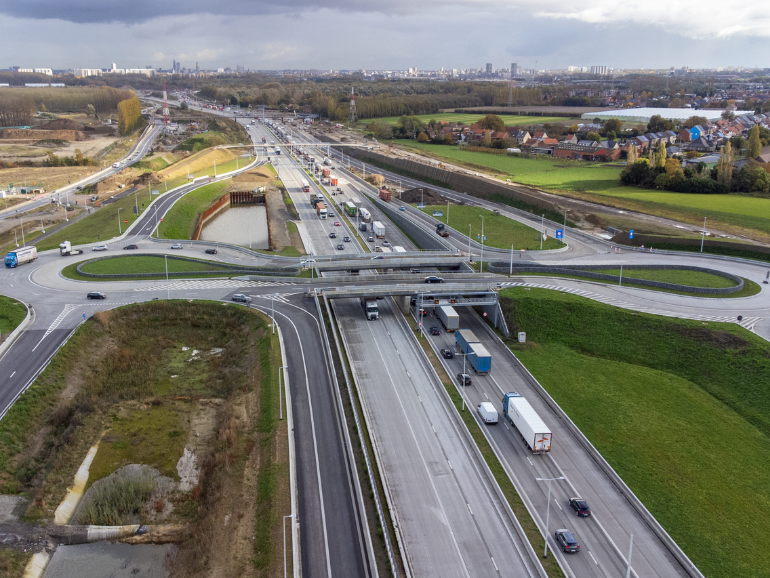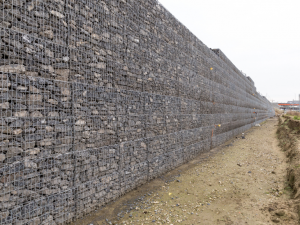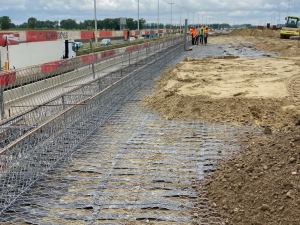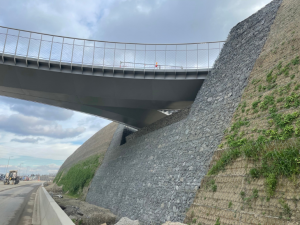24 May 2022
Antwerp’s Oosterweel: a sustainable mobility
In February 2018, the city of Antwerp launched a major infrastructure project to develop the Oosterweel Link, in order to make it the best mobility solution for citizens. Maccaferri was involved in the project development, offering the city its proven technical experience and an innovative solution portfolio.
According to the European Parliament’s latest estimates, transport is responsible for a quarter of the Union’s greenhouse gas emissions and this share is constantly growing. It is therefore clear that transport services generate some negative effects that citizen cannot bear any longer. That is why cities are required to better evaluate their integrated transportation and sustainable mobility policy to solve some issues, such as congestion, accidents and pollutant emissions.
The biggest Belgian motorway connection
In the late 90s, the Flemish government pioneered a huge investment for the development of Oosterweel Link, the biggest Belgian motorway connection, aimed at increasing access to Antwerp and the port. It is a 15km-long motorway connection for completing the Antwerp ring road R1. The total estimated cost of the project is approximately €4.5 billion, which aims to enhance local and inbound traffic management. Based on the “De Grote Verbinding” (the Great Link) project, Oosterweel will consist of five sub-projects to optimize local and freight congestion. Oosterweel Link should be fully up and running in 2030.
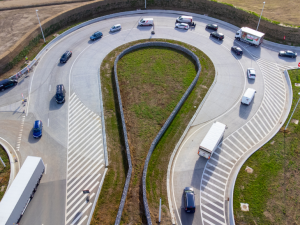
Maccaferri, in collaboration with its local partner Texion Geonkunststoffen, the design company Arcadis and the construction company Stadsbader, contributed to the design and construction of the reinforced earth retaining walls (MSE), made with the Terramesh ™ system. This system is widely used across Europe and the rest of the world to support or to build infrastructure in narrow urban corridors, forming retaining walls and road embankments while providing noise screening for the sections approaching urban centres. The Terramesh™ system plays a role in the development of a man-made landscape in continuity with the natural landscape. The use of inherently sustainable products – aimed at promoting easier integration between urban and natural landscapes – was among the key points of Maccaferri’s involvement in the Oosterweel Link project. Furthermore, Maccaferri has used double twist wire mesh reinforcement together with ParaLink™ and ParaGrid™ geogrids, offering a significant cost effectiveness and performance leverage. Maccaferri’s know-how supported, and continues to support, the main designers involved in the project. In addition to the preliminary checks of global and internal stability through Analysis of the Limit Equilibrium Method (LEM), Maccaferri created for some complex sections a 3D-BIM model.
However, the project does not only meet merely internal requirements, but it is also part of a wider plan to strengthen Antwerp’s international standing. The ring road is an important part of the Trans-European Transport (TEN-T) Core Network, the EU Commission’s initiative to create and develop a European network of railway lines, roads, shipping routes, ports, airports and rail terminals in order to close gaps, eliminate bottlenecks and technical barriers and strengthen the social, economic and territorial cohesion of the European Union.
Thanks to a series of synergetic interventions, the city of Antwerp can now be considered a virtuous example of how urban spaces can adapt to the needs of citizens and the need to achieve standards of sustainability.
TECHNICAL HIGHLIGHTS
The project is in progress, so far we provided:
- 100,000 sqm of ParaLink™
- Nearly 120,000 sqm of ParaGrid™
- More than 20,000 elements of Terramesh™ (system, green and mineral)
